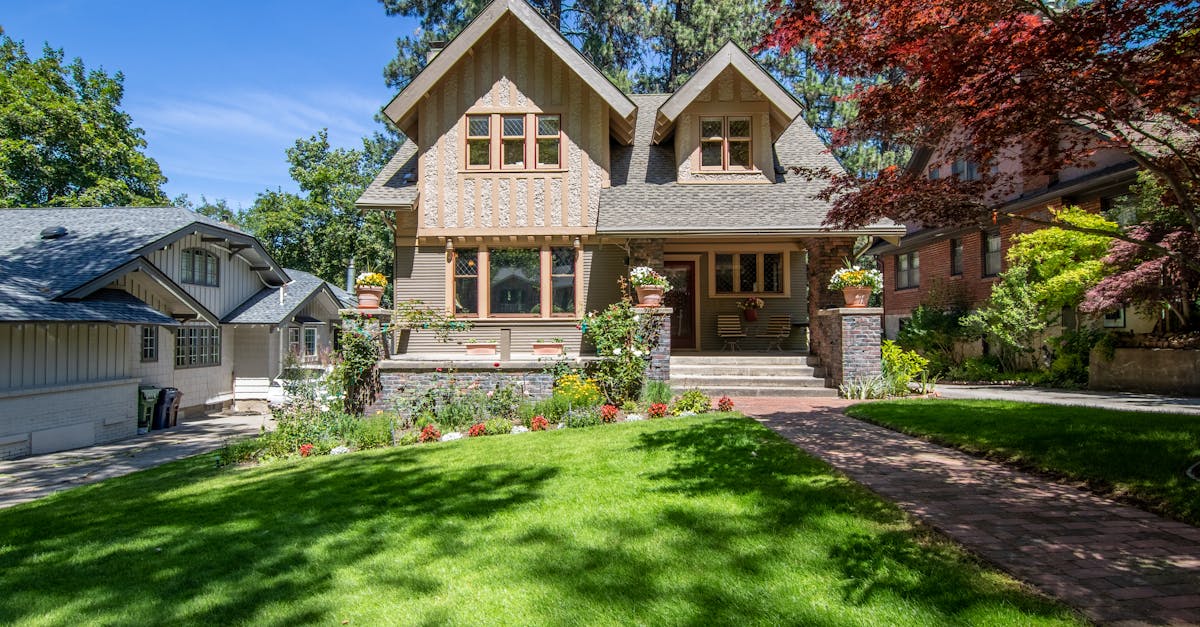
Challenges with Nonconforming Uses
Property owners often grapple with the complexities surrounding nonconforming uses, which refer to the existing use of a property that does not align with the current zoning regulations. Such discrepancies can arise when zoning laws change after a property has already been developed or used in a certain way. Consequently, owners may find themselves in a precarious position, needing to navigate a landscape of legal obligations and potential penalties. Nonconforming uses can restrict the ability to make upgrades or changes, add burdens to the property’s value, and complicate future development plans.
In many cases, nonconforming uses can also create tension between property owners and local zoning authorities. This discord often stems from differing opinions on land use and community character. Property owners might face challenges in obtaining necessary permits or permissions to maintain or expand their nonconforming activities. As a result, they may need to invest time and resources into an often lengthy process of seeking variances or special exceptions to continue operating under nonconforming conditions. The uncertainties and potential roadblocks associated with these processes can significantly impact both current operations and future growth opportunities for affected property owners.
Legal Implications of Existing Structures
Building trust between developers and the community is equally important. When developers involve residents early in the planning stages, it can help mitigate opposition that may arise during later phases. Listening to community feedback can guide design modifications and project scales, uRelated Linksltimately creating developments that better fit within the existing neighborhood context. These avenues for engagement contribute to a sense of ownership among community members, promoting support for development initiatives.
The Process for Applying for Zoning ChangesChallenges in Land AcquisitionThe Role of Zoning Boards in Real Estate TransactionsAcquiring land for development projects often poses significant hurdles that can delay timelines and increase costs. One major challenge is the negotiation process with landowners, which can become complicated by varying expectations regarding compensation and terms of sale. In some cases, landowners may resist selling due to emotional attachments or beliefs about their property’s future potential. These factors can lead to extended negotiations or disputes that require mediation or court intervention.
The Future of Zoning Laws in Urban DevelopmentAnother prominent issue is navigating complex regulatory frameworks that govern land use and acquisition. Local, state, and federal regulations can impose restrictions that affect the feasibility of certain projects. Zoning laws, environmental assessments, and historic preservation statutes may complicate the acquisition process. Developers must meticulously research these regulations to avoid legal pitfalls, which can further prolong the timeline and impact overall project viability.
Key Differences Between Residential and Commercial ZoningNavigating Eminent Domain and Property Rights
Zoning Compliance and its Impact on Property ValueEminent domain grants the government the authority to take private property for public use, often leading to complex legal and ethical debates. Property owners frequently find themselves at odds with government entities over whether the taking is justified and whether fair compensation is provided. The challenge lies in striking a balance between societal needs and individual rights, with property owners often needing to navigate a legal landscape that may appear biased towards governmental interests.
Understanding the nuances of property rights is crucial for both landowners and developers. Legal frameworks may vary significantly from one jurisdiction to another, affecting the way eminent domain is exercised. Developers must remain aware of local regulations and court interpretations, as these can impact the viability of their projects and influence their negotiation strategies with public agencies. The intersection of development goals and property rights necessitates careful planning and informed decision-making to mitigate potential conflicts.